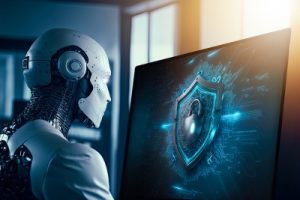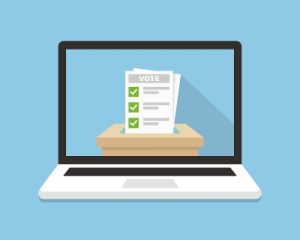
For years, government has worked to streamline acquisition so needed technologies get in the hands of agencies more quickly. With the new administration's focus on efficiency and improved use of emerging technology, these ongoing efforts to evolve government acquisition will likely move into high gear.
Legislation Driving Change
2024 saw a number of bi-partisan legislative proposals aimed at streamlining acquisition and spending. The Federal Improvement in Technology (FIT) Procurement Act was introduced in March 2024 to eliminate restrictive requirements and expand procurement options that let agencies move quickly to buy and utilize technology. A key focus of the legislation is enabling agencies to make advance payments for cloud computing, data center solutions, and other technology acquired on a subscription or tenancy basis. A pay-in-advance model is standard for these technologies, but not something that government procurement rules are set up to easily allow. Continue reading






 There's no shortage of mandates and guidance related to modernization-PMA, Technology Modernization Fund, FITARA, Cyber EO, CX EO-pushing the government to update how they deliver services online, but what does it really mean, and what is involved?
There's no shortage of mandates and guidance related to modernization-PMA, Technology Modernization Fund, FITARA, Cyber EO, CX EO-pushing the government to update how they deliver services online, but what does it really mean, and what is involved?
